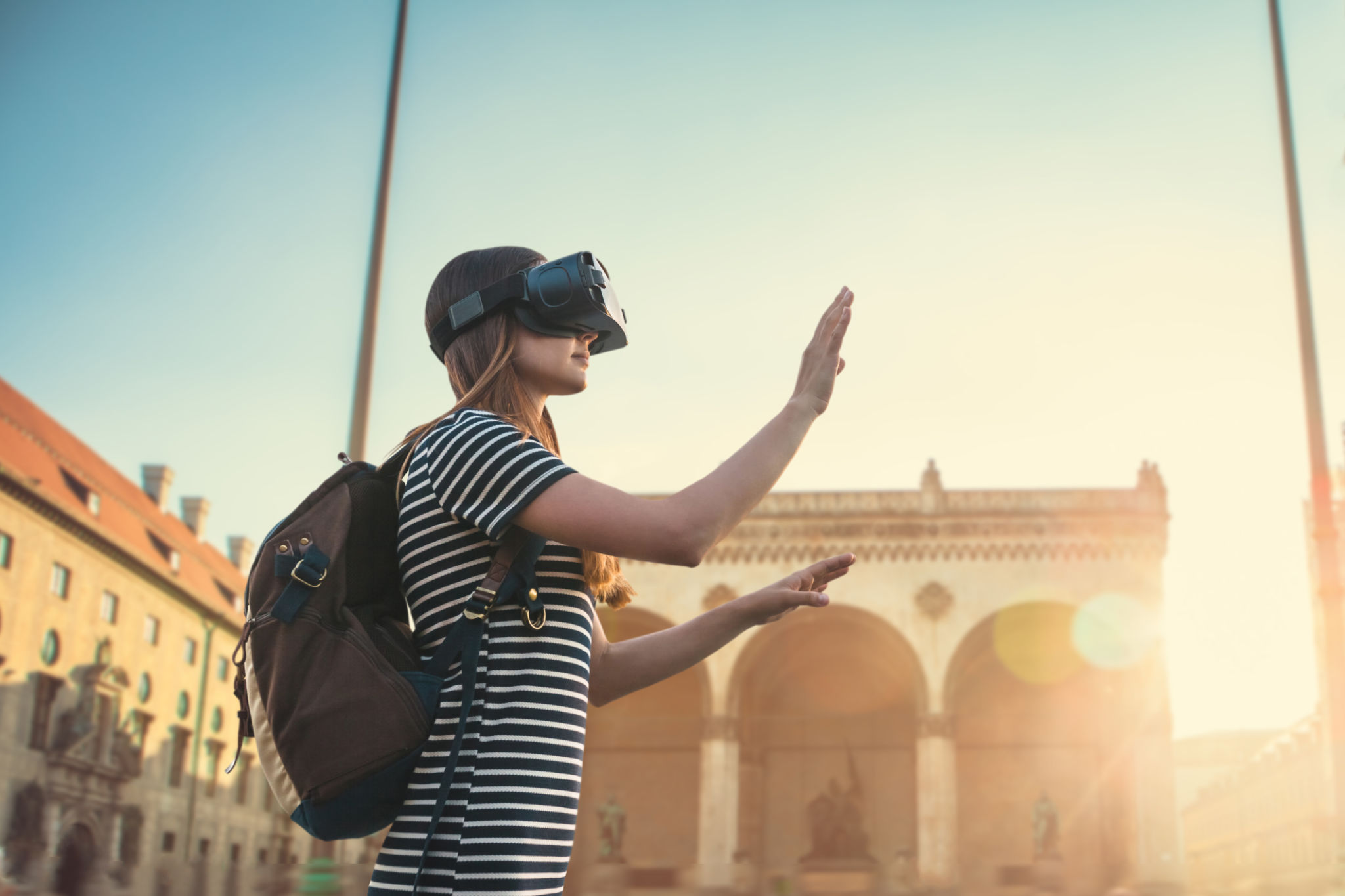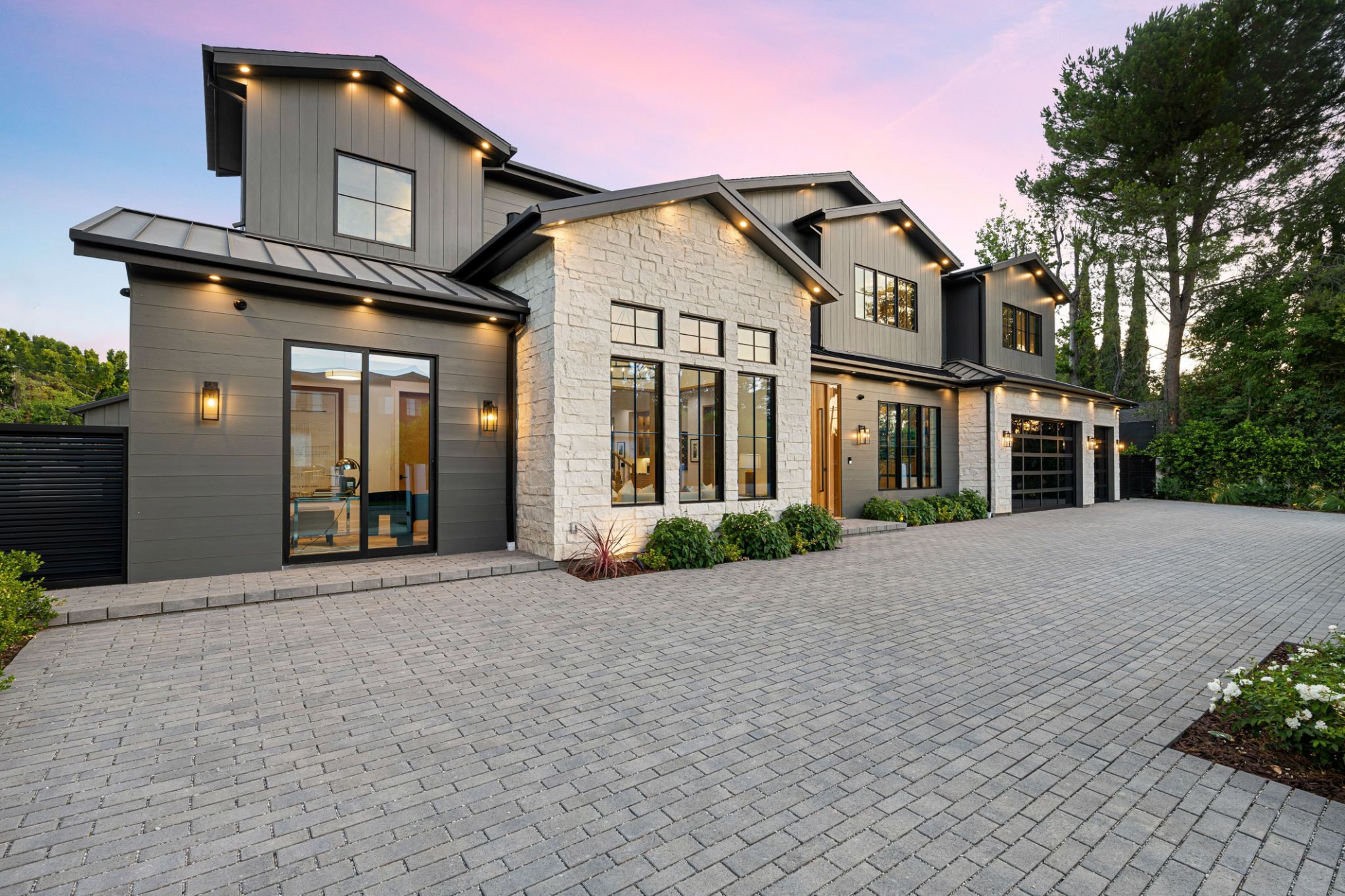Virtual Tours vs. Traditional Photography: What Sells Better?
Introduction to Virtual Tours and Traditional Photography
In the ever-evolving world of real estate and marketing, showcasing properties effectively is crucial. Two popular methods have emerged: virtual tours and traditional photography. Each has its own set of advantages and drawbacks, and understanding these can help determine which approach might sell better in different scenarios.

The Appeal of Virtual Tours
Virtual tours offer a dynamic way for potential buyers or clients to explore a property from the comfort of their own homes. With the advancement of technology, these tours have become more immersive, allowing viewers to navigate through spaces as if they were physically there. This interactivity can lead to a more engaging experience.
Moreover, virtual tours provide a comprehensive view of a property, offering a 360-degree perspective that traditional photos cannot. This can be particularly beneficial for large properties or those with unique layouts that are better appreciated through exploration.
Enhanced Engagement
One of the key benefits of virtual tours is their ability to capture the viewer's attention. By offering an interactive experience, they can keep potential buyers engaged longer, which can increase interest and motivation to visit the property in person. This extended engagement can be a significant factor in converting views into sales.

The Strengths of Traditional Photography
Despite the rise of virtual tours, traditional photography remains a staple in property marketing. High-quality photographs can highlight the best features of a property, using lighting and angles to create an appealing visual narrative. Photos are also easy to share across various platforms, from print media to social networks.
Additionally, traditional photography is often more accessible for both sellers and buyers. Not every potential client may have the technology or the time to engage with a full virtual tour, whereas photos can be quickly viewed and assessed.
Cost-Effectiveness
Photography is generally more cost-effective than virtual tours. While virtual tours require specialized equipment and software, traditional photography often requires only a good camera and an experienced photographer. For properties on a budget, this can be an important consideration.

Comparative Effectiveness in Selling Properties
When it comes to effectiveness in selling properties, both virtual tours and traditional photography have their place. The choice largely depends on the target market and the specific features of the property. For properties with unique architectural details or large areas, virtual tours might offer an edge.
On the other hand, traditional photography may be more effective for smaller properties or those with standout features that can be highlighted in a few well-composed images. It's about matching the method to the market and the message you wish to convey.
Conclusion
Ultimately, the decision between virtual tours and traditional photography should be guided by the nature of the property and the preferences of your potential buyers. Some realtors might choose to use a combination of both to maximize reach and appeal. By understanding the strengths of each method, sellers can make informed decisions that best showcase their properties and attract buyers effectively.